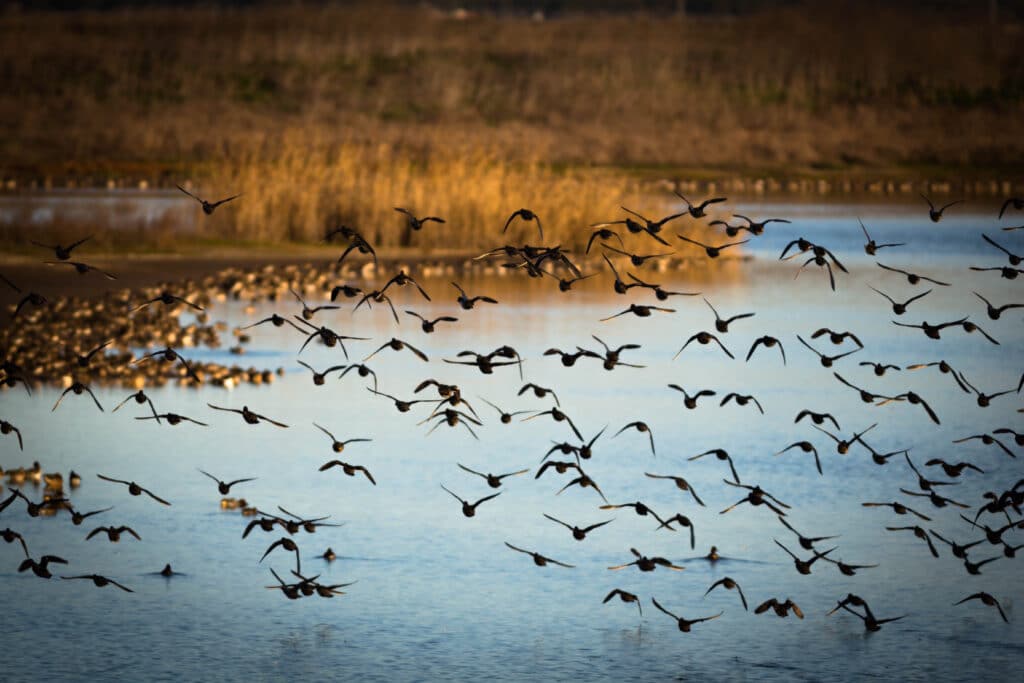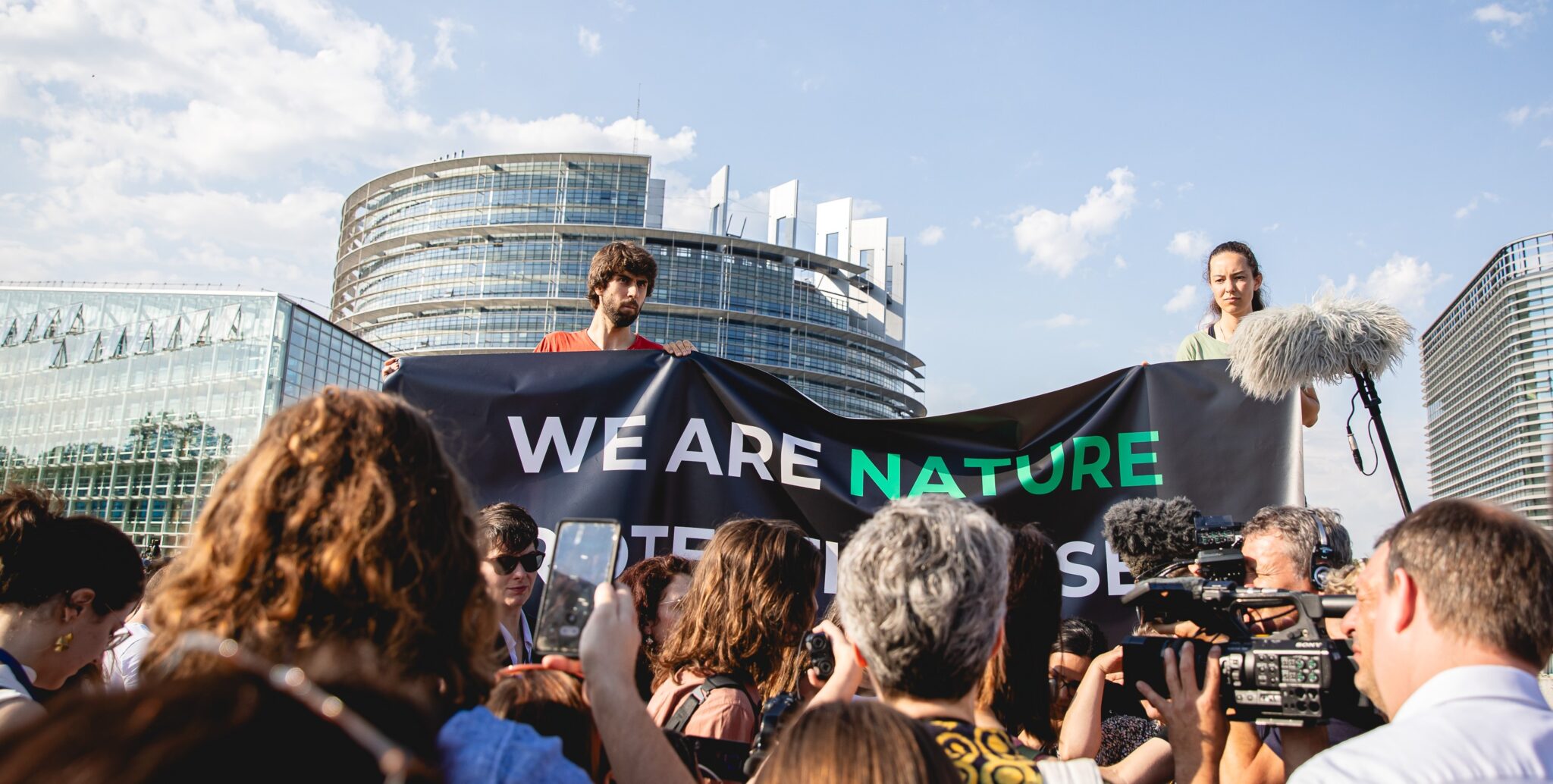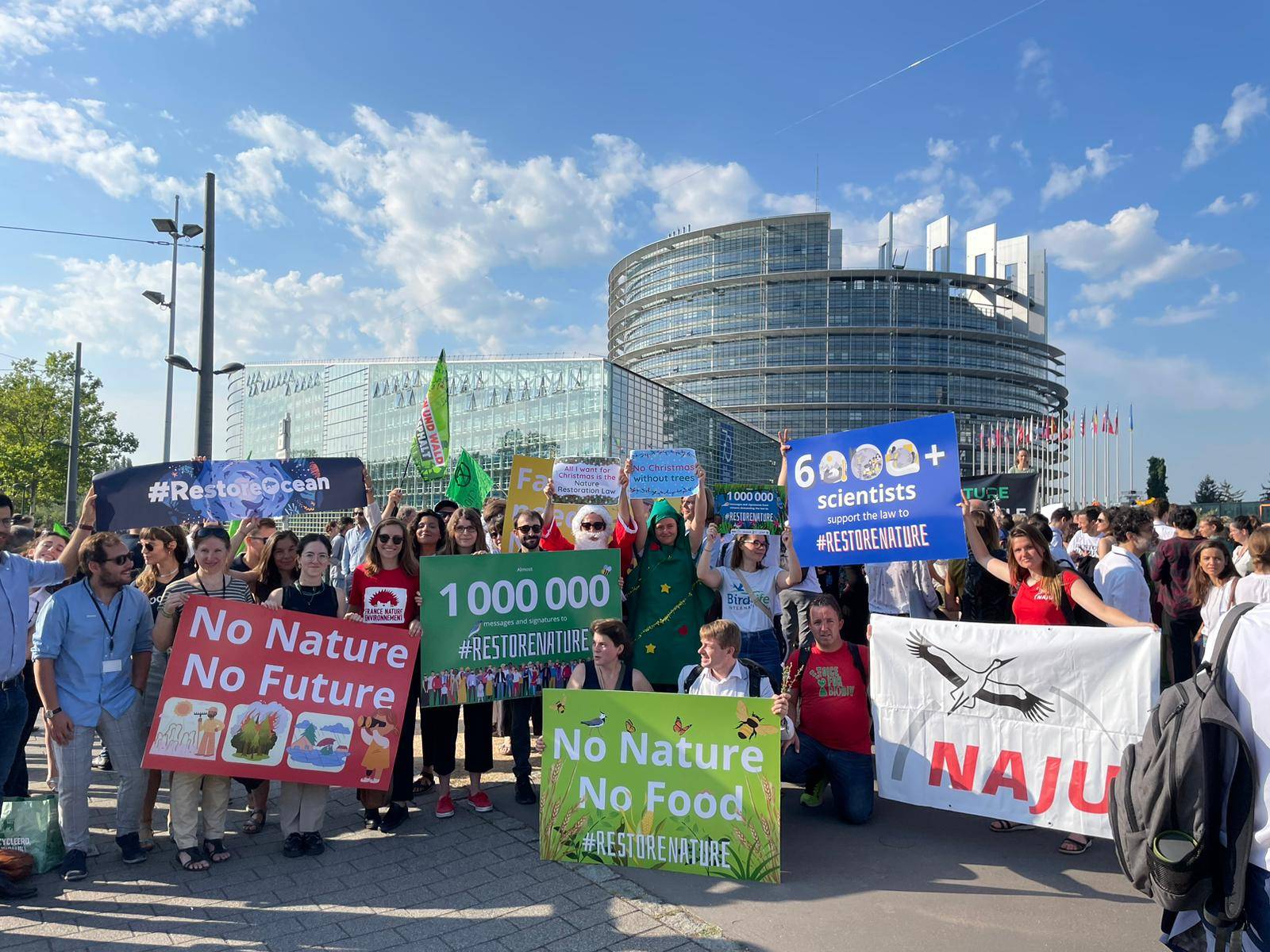The EU is developing a Nature Restoration Law – And it can be a gamechanger

50 years ago, during the 1972 UN Conference on the Environment in Stockholm, the world concluded that the environment was a major priority. While we celebrate this anniversary, we are also reeling from the 50-year-long failure of humanity to conserve nature as our grandparents knew it.
The loss of biodiversity is already putting our planet, as well as our chances of survival at huge risk. Scientists are unequivocal on the need to not only protect the nature we have left, but also restore it. This means improving and, where necessary, recreating the habitats decimated by human activities.
Last year, our UK Partner RSPB analysed the data of 378 bird species and concluded that around 600 million birds have been lost across the EU in the last 40 years. That’s one in every six birds!
In 2020, the European Environment Agency’s State of Nature report highlighted that the loss of biodiversity, including the alarming decline of birds, is due to a range of factors from draining wetlands for agriculture to reductions in old-growth forests and unsustainable forest practices.
These human activities are progressively decimating the natural habitats we all depend on to survive.
The nature-based solution to combat global warming and biodiversity loss
The climate crisis and biodiversity crisis are closely linked. BirdLife has been working for years to demonstrate that restoration is one of the most comprehensive and effective solutions to tackle these two crises.
Let’s take wetlands as an example. With global warming, we have all witnessed the increase of droughts and floods across Europe. Wetlands help retain water in the soil and absorb excess water during heavy storms, considerably limiting the risk of flooding and helping with droughts. Wetlands also sequester huge amounts of carbon from the atmosphere, mitigating the effects of global warming. And all this doesn’t even account for the benefits to wildlife species that depend on them for their survival.
Forests, grasslands, coastal and marine habitats are also all essential carbon sinks and biodiversity habitats that need to be restored on a larger scale.
Will the EU’s Nature Restoration Law make history?
As a result of the commitment undertaken in the Biodiversity Strategy 2030, the European Commission is developing a Nature Restoration Law. If well designed, this law could represent one of the few serious hopes of halting biodiversity loss in Europe by fundamentally changing the way we use land, rivers, and seas. The proposal is to be published on the 23rd of March.
With this law, EU countries will be obliged to restore their nature, but it is not clear how much of their territory that will account for. This target must be clear, quantified and set for 2030. We advocate for the adoption of an overarching target to restore at least 15% of the overall European land, seas and rivers.
After the 23rd of March, it will be the turn of the European Parliament and the Member States to take a position. We urge them to fight for high ambitions and set a world example ahead of the 15th Conference of Parties of the Convention on Biological Diversity which is set to adopt a new Global Biodiversity Framework.
Overall, the EU must demonstrate its pioneering role in ecosystem restoration over the next eight years of this UN Decade for Ecosystem Restoration!
Photo credits: Paulo Valdivieso
You might also be interested in:
 | Stichting BirdLife Europe gratefully acknowledges financial support from the European Commission. All content and opinions expressed on these pages are solely those of Stichting BirdLife Europe. The European Commission is not responsible for any use that may be made of the information it contains. |









